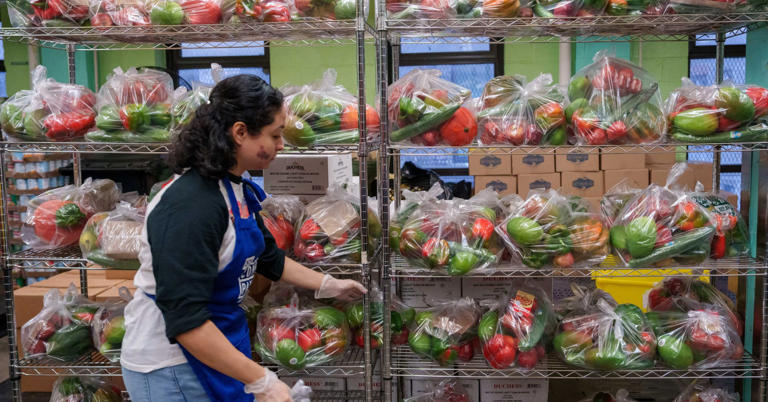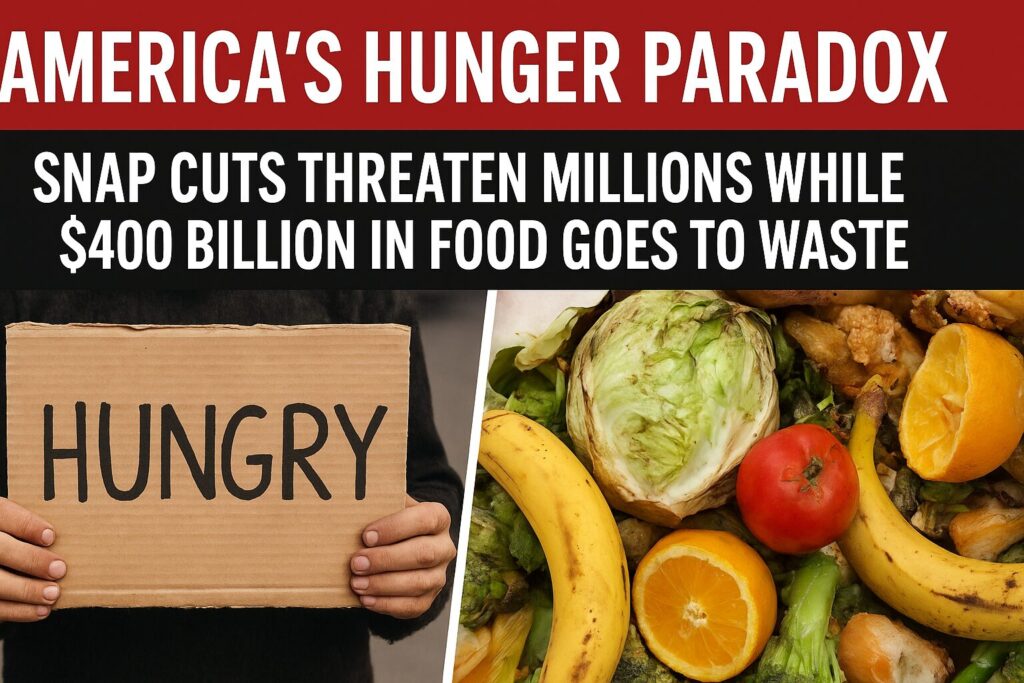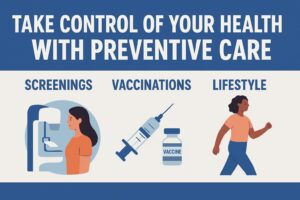
Major Takeaways:
Nearly $400 billion worth of food is wasted every year in the United States, even as millions fear losing access to essential SNAP benefits.
Over 40 million Americans depend on SNAP to help feed their families, but policy battles in Washington threaten to disrupt that safety net.
Food waste and hunger coexist because of poor distribution, lack of community-level rescue programs, and inefficiencies in the food supply chain.
America’s Hunger Paradox: SNAP Cuts Threaten Millions While $400 Billion in Food Goes to Waste
When you are balancing bills, trying to keep food on the table, and making sure your kids go to bed full, this is not theory. It is survival. For millions of Americans, the safety net known as SNAP is under attack. At the same time, across this same nation, almost $400 billion worth of food goes to waste every single year. That is not just a statistic. It is a national embarrassment.
According to nonprofit research organizations focused on food systems, roughly $400 billion in food is at risk of being wasted annually in the United States. That means millions of tons of perfectly edible food never reach anyone’s plate. Meanwhile, families across the country wonder how to stretch the last few dollars on their EBT card until the end of the month. The contradiction is glaring: one of the wealthiest nations in history throws away enough food to feed itself several times over while millions fear hunger if government aid stalls or shrinks.
For Urban City readers, this is not just a policy issue. It is a human one. It affects working people, single parents, seniors, and young adults hustling to make ends meet. It affects everyone who has ever had to make a meal out of what was left in the fridge.
The Safety Net Under Pressure
SNAP has long been one of the most vital programs in the country. It helps more than 40 million Americans afford groceries every month. But as politicians in Washington argue about budgets and benefits, this essential lifeline is hanging in the balance. Proposed cuts, administrative delays, and eligibility changes are creating anxiety for households that already live close to the edge.
SNAP was designed to be temporary help, but for many working families, it is the only consistent relief from crushing grocery prices. Food inflation has hit hard, and even small disruptions in benefits can mean skipped meals. Families are watching news updates and social media threads not for entertainment but for clues about whether their benefits will be there next month.
The danger is real. When SNAP payments are delayed, children go hungry. When eligibility rules tighten, families fall through the cracks. When benefits are cut, local food banks and pantries get overwhelmed. These ripple effects stretch across the economy, affecting farmers, grocers, and entire communities.
$400 Billion in Food Waste and Counting
Now let’s talk about the other side of the equation. The waste. Food waste in the United States costs the economy nearly $400 billion every year. That number includes food lost on farms, in transport, in restaurants, and even in household kitchens. Every apple that spoils, every bag of lettuce tossed, every unsold sandwich that gets dumped at closing time adds to that total.
What makes it worse is that much of this food is still edible. Perfectly good produce is thrown out because it does not meet cosmetic standards. Grocery stores reject items close to their sell-by dates. Restaurants overorder to avoid running out. Farms plow under crops because the market price drops too low. It is an ugly loop of waste that mirrors the inefficiency of the system.
We are watching two crises that should not coexist. Millions of Americans are hungry while hundreds of billions in food go uneaten. One side is scarcity. The other side is excess. Together, they expose a system that is broken from top to bottom.
Two Problems, One System
These are not separate stories. Hunger and waste are linked by the same broken logistics, bureaucracy, and priorities. Food is produced, distributed, and marketed in a system that values profit and appearance more than people and need.
Access and abundance exist side by side. Yet the bridge between them is missing. There is no excuse for a country that wastes that much food while simultaneously debating whether the poor deserve help feeding their kids. It is not just inefficient. It is immoral.
A Traditional Fix for a Modern Mess
This is not about politics. It is about practicality and accountability. A traditional view says that when a system does not work, you fix it. When resources are wasted, you reallocate them. When families are hungry, you act. The tools are already there. The question is whether there is the will to use them.
At the policy level, the federal government needs to stabilize SNAP funding. No more uncertainty, no more delays. Clear guidelines and consistent benefits are essential. Hunger does not wait for Congress to stop arguing.
At the supply chain level, businesses must get serious about waste reduction. Supermarkets, restaurants, and manufacturers should partner with food rescue organizations instead of sending good food to landfills. Farms should receive incentives to donate surplus crops. Technology can track inventory, predict demand, and reroute excess food to where it is needed most.
At the community level, local initiatives are critical. Urban farms, neighborhood gardens, food co-ops, and local food recovery programs can make a difference. Communities that grow and share their own food are more resilient when national systems fail.
What It Means for Everyday Americans
This is not a story for economists and policymakers alone. It is about you and your neighbors. Whether you are struggling to keep your fridge full or running a small business that deals with food, this crisis touches everyone.
If you are a consumer, reducing waste at home helps too. Plan meals. Use what you buy. Freeze leftovers. Share extra food with friends or donate to local pantries. Small actions multiplied by millions of households can make a real dent in the waste problem.
If you are part of a community group, push for partnerships with food recovery networks. Connect local restaurants, farmers markets, and grocery stores with organizations that can redistribute surplus food safely. Challenge local officials to support these efforts through tax credits and grants.
If you are in the food industry, rethink your disposal habits. Every tray tossed, every crate dumped is not just waste. It is opportunity lost. There are people who could use it. Find ways to get that food to them.
The Human Cost Behind the Numbers
Statistics can feel distant until you remember what they represent. Every dollar cut from SNAP is a family deciding between dinner and the electric bill. Every ton of wasted food is a child who could have eaten. The scale of the problem is overwhelming, but the faces behind it are ordinary people. Working mothers. Retirees. College students. People who contribute every day and still find themselves choosing between essentials.
When the government delays aid or reduces funding, these families feel the hit immediately. When companies discard good food, they deepen that hurt. The cycle continues not because we lack resources but because we lack coordination and commitment.
Why It Hits Communities of Color Harder
Food insecurity does not strike evenly across America. Black and brown communities experience it more intensely and more frequently. Decades of economic disparity, housing inequality, and limited access to grocery stores have compounded the problem.
SNAP participation rates are higher in these communities not because people want a handout but because the system has historically stacked the odds against them. When SNAP funding becomes unstable, it is these households that suffer most. When food waste goes unaddressed, it is these same neighborhoods that see empty shelves and overpriced produce.
A just food system cannot exist until it serves everyone equally. That means ensuring that resources flow to the communities that have been underfed and overlooked the longest.
What Needs to Change
There is no single fix, but the direction is clear.
Protect SNAP. It should be reliable, sufficient, and easy to access.
Redirect surplus. Food recovery programs need funding and cooperation from farms and businesses.
Reward reduction. Offer tax breaks to companies that donate food instead of dumping it.
Educate consumers. The average household wastes hundreds of dollars in food each year. Awareness is the first step.
Modernize logistics. Technology can connect excess food with local need faster and smarter.
Strengthen community networks. Support urban agriculture and cooperative food systems.
These changes require political courage and public pressure. The money is already there. The food is already there. What is missing is the will to connect abundance with need.
Watching the Road Ahead
Keep an eye on Congress. Any movement on federal nutrition programs affects millions. Pay attention to how cities and states handle food waste. Some are already launching composting programs, donation incentives, and redistribution networks. Innovation will likely come from the ground up.
Technology startups are also stepping in. Apps now link restaurants with shelters in real time. Farmers can use software to find buyers or donors for surplus crops. These tools can shrink waste while feeding more people if adopted widely.
Reimagining the Future of Food in America
We cannot pretend the current model works. When food waste equals hundreds of billions and hunger continues to rise, it is time to rethink the basics. The solution is not just charity. It is redesigning how we produce, distribute, and value food. Every part of the chain must adapt. Farms, businesses, governments, and consumers all have a role to play.
The United States has enough food to feed everyone. The challenge is in making sure it gets there. Reducing waste and protecting assistance programs are two sides of the same mission: using what we have to take care of the people who need it.
The Bottom Line
It should be unacceptable that in one of the richest nations in the world, millions still face hunger while hundreds of billions in food go to waste. SNAP is not a luxury. It is a promise that no American should starve in a country overflowing with food.
The fight over SNAP funding is not just a political game. It is a question of what kind of country we want to be. Do we value efficiency, fairness, and humanity, or do we continue to tolerate a system where food fills dumpsters while families go without?
The answer will define not only how we eat but how we care for one another.
So, while Washington debates budgets, let the rest of us focus on solutions that actually feed people. Support local food recovery efforts. Reduce waste at home. Advocate for fair policies. Hold leaders and corporations accountable.
There is more than enough food to go around. It is time we start acting like it.
Stay connected with Urban City Podcast for more stories, updates, and voices that keep the conversation real, relevant, and focused on solutions for every community across America.















